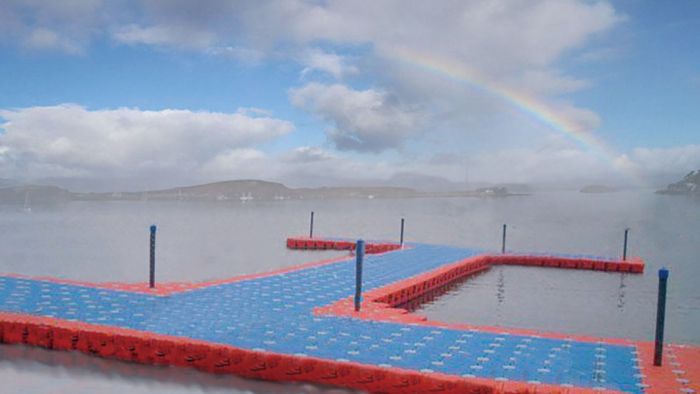Since the novel coronavirus (WHO) was listed as a world health emergency (PHEIC) in January 31st this year, WHO has widely believed that the national preventive measures and the more restrictive measures that countries may adopt will have an impact on China's solar photovoltaic manufacturing industry.
Impact of epidemic situation on solar photovoltaic manufacturing industry
-The increasing restrictions on the travel and entry-exit management of mainland personnel in various countries have affected the overseas market business development of many photovoltaic enterprises, which is not conducive to the overseas exhibition and business negotiation in the first quarter, and may lead to the decline of overseas sales performance in the short term.
-It is expected that the international logistics will be greatly affected in the first quarter, and the customs clearance will be delayed. Some products will be difficult to reach the port of overseas sales during the period of PHEIC (three-month validity period). Delivery of overseas orders may face default.
-The comprehensive Department of the State Energy Administration issued a document requiring: the power enterprises should timely revise the construction operation scheme, redetermine the reasonable construction period, and strictly prohibit the rush of the progress and the rush period. It is difficult to achieve the goal of 331 grid connection.
-With the extension of the Spring Festival holiday and the strengthening of prevention and control in various regions, the speed of employees returning to work has slowed down. And the manufacturing and transportation industries have been running at a low speed or even half stopped production. The vast majority of enterprises have not estimated the severity of the epidemic, and the effective response plan is insufficient.
-The international layout of solar photovoltaic industry chain has been accelerated: at present, the overseas battery capacity has exceeded 10GW, and the module capacity has reached more than 15GW. Many enterprises have actively deployed silicon production capacity overseas, and the integrity of the whole supply chain continues to be stable. The epidemic will promote the effective operation of overseas upstream and downstream industrial chain.
-On February 3, 2020, the first day of the opening of the market, the ex factory price of steel in Tangshan area has dropped sharply. In the face of the epidemic (COVID-19), steel enterprises have encountered two major difficulties: one is the poor logistics transportation, and the supply of raw materials is gradually tight; the second is the construction site resumption is delayed, and a large number of finished products inventory backlog.

As the main deep-processing products of structural steel coil materials, the solar photovoltaic mounting supply chain not only is directly related to the risk of the steel industry, but also has the same risk as the traditional metal products industry
-Raw material procurement cycle risk.
-Production process risk.
-Product supply cycle risk.
-Risk of payment collection of finished product sales.
Steel trade model reference
Steel trade refers to the circulation industry engaged in the sales, processing and distribution of steel. – selected from Baike, Baidu, China.
1. Agent mode of steel works
After obtaining the agency qualification of the steel plant and establishing large-scale inventory through self financing, the business focuses on developing terminal customers and small trading companies, forming a buffer between the continuous production of steel mills and the uncertain demand of the terminal market.
2. Binding terminal mode
It is essentially a way of trade financing to sign tripartite agreements between steel trade enterprises, steel mills and large terminal enterprises, binding capital and business and other cooperation conditions.
3. Cooperation mode
Steel trade enterprises continue to maintain a large number of spot to supply end customers. When the spot can not meet the demand, hedging is carried out in the futures market ( bulk steel, source of steel, etc.).
4. Operation market mode
It is essentital to buy large-scale spot and hoard at the right time and wait for the price to rebound when the price is high. The main resource sources are market spot, spot goods of steel works and short-term futures of steel mills.
